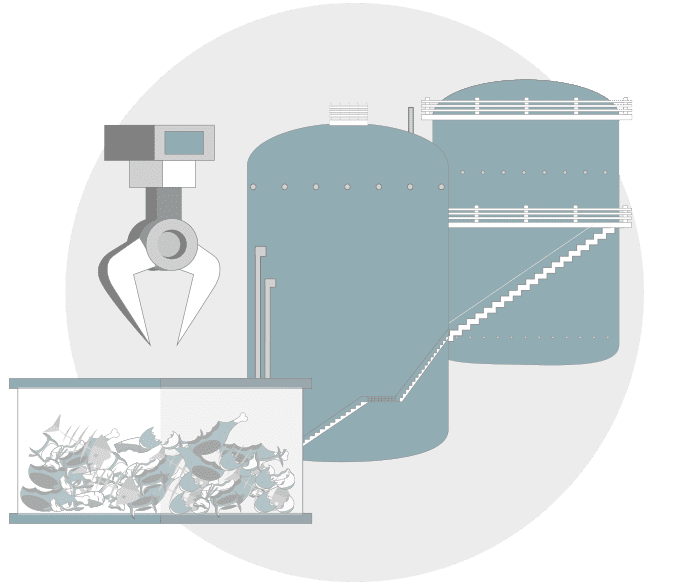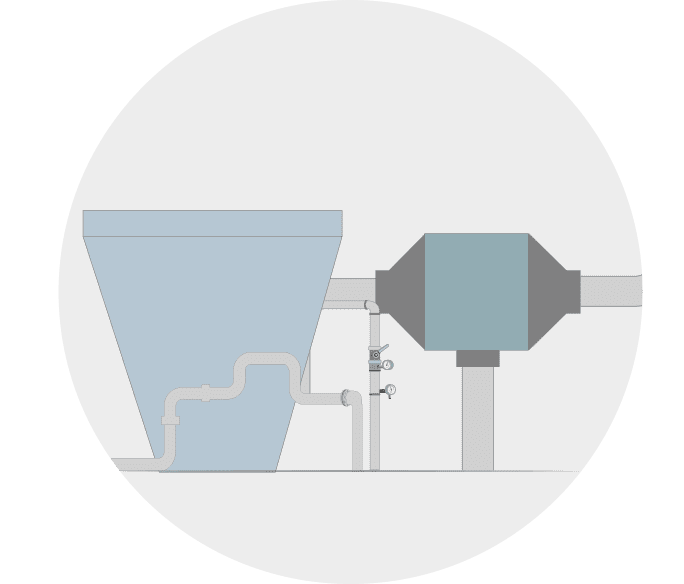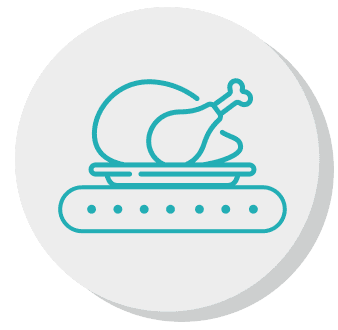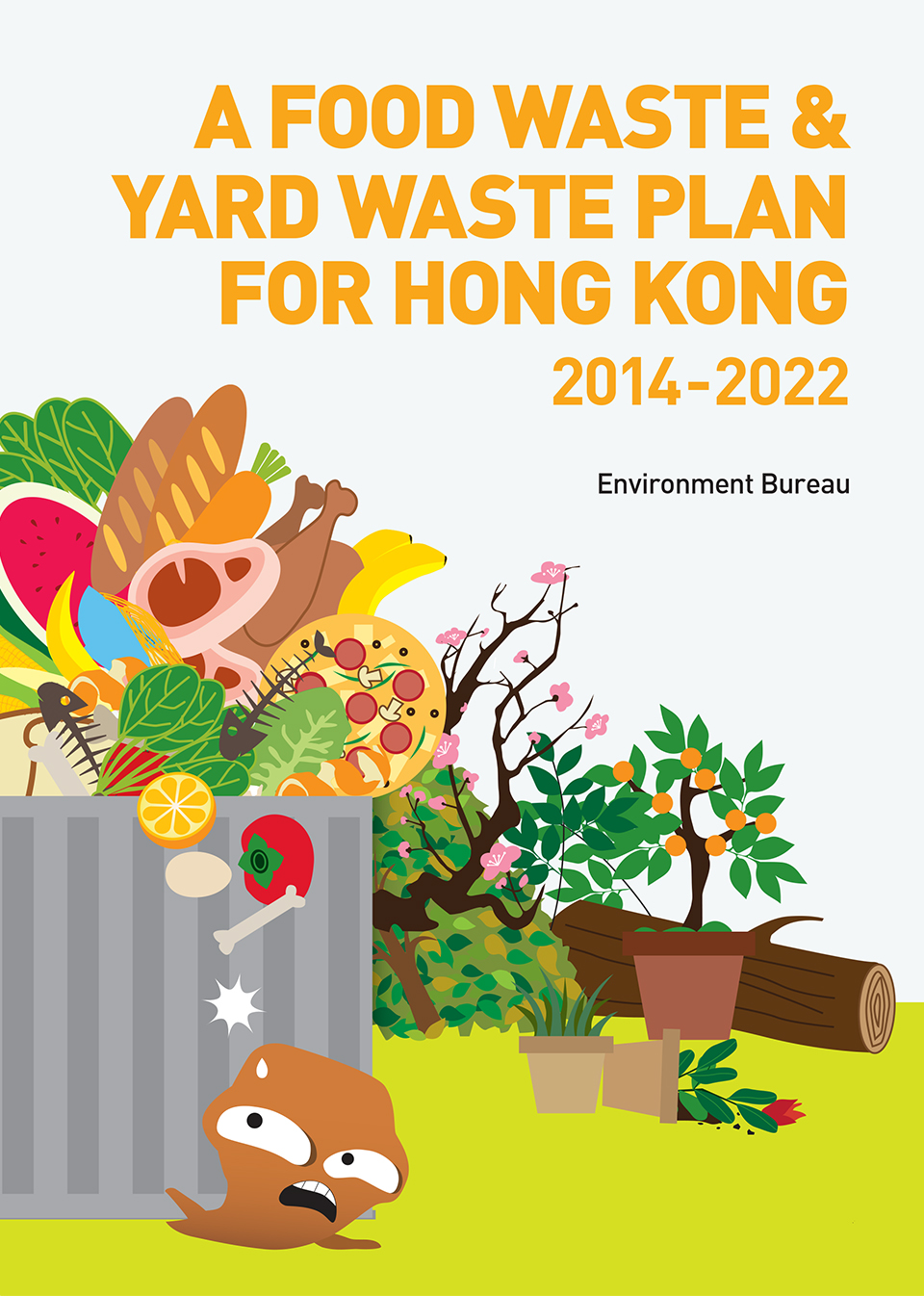
What is O · PARK1?
O · PARK1, the first organic resources recovery centre, locating at Siu Ho Wan of North Lantau adopts anaerobic digestion technology to convert food waste into biogas (a source of renewable energy similar to natural gas) for electricity generation whilst the residues from the process can be produced as compost for landscaping and agriculture use.
O · PARK1 is capable of handling 200 tonnes of food waste per day.
Hong Kong people threw away about
3600
Tonnes of food waste every day

(Mooncake=185g)
What is Food Waste?
Food waste is any waste, whether raw, cooked, edible and associated with inedible parts generated during food production, distribution, storage, meal preparation or consumption of meals.
Different sectors of the community and the general public throw away about
3600
which is equal to
About one-third comes from food-related commercial and industrial (C&I) sources and two-thirds from households.
Food Waste Challenge
At present, there were some 11,000 tonnes of municipal solid waste (MSW) disposed of at landfills each day. Of these, about 30% were food waste, constituting the largest MSW category. The current practice of disposing of biodegradable food waste at landfills is not sustainable and is environmentally undesirable as it depletes the limited landfill space. To tackle the challenge of food waste in Hong Kong, the Government issued "A Food Waste and Yard Waste Plan for Hong Kong 2014-2022" and "Waste Blueprint for Hong Kong 2035" to map out the strategies for food waste management, including food wise, food donation, food waste collection, and turning waste into energy. One important strategy outlined in the plan is the establishment of "Organic Resources Recovery Centre," which utilizes advanced technology to recycle food waste into renewable energy. For more about the government food waste management strategy, please visit the "Food Waste Challenge" page on the Environmental Protection Department's website.
Progress of O · PARK1



| Siu Ho Wan of North Lantau | |
| Design Capacity: 200 tonnes/day |
Process of Turning Food Waste to Energy
Self-sustainable energy and export of surplus electricity
The biogas generated from the anaerobic digestion process is turned into heat and electricity that can support the needs of the facility. When running in full capacity, about 14 million kWh of electricity can be exported to the grid per year, which is equivalent to the power consumption by some 3,000 households.
The decrease in use of fossil fuel for electricity generation together with the reduced amount of organic waste in landfills would prevent the emission of some 42,000 tonnes of greenhouse gas each year.

Food Waste Reception

Bio-Treatment & Power Generation

Clean Emission
After the anaerobic digestion process, digestate will be converted into compost. The facility can generate about 20 tonnes of compost per day as a by-product, where it can be used for landscaping and agriculture applications. This dramatically cuts down the quantity of food waste to be disposed of at the landfills.
Food Waste Generator






























